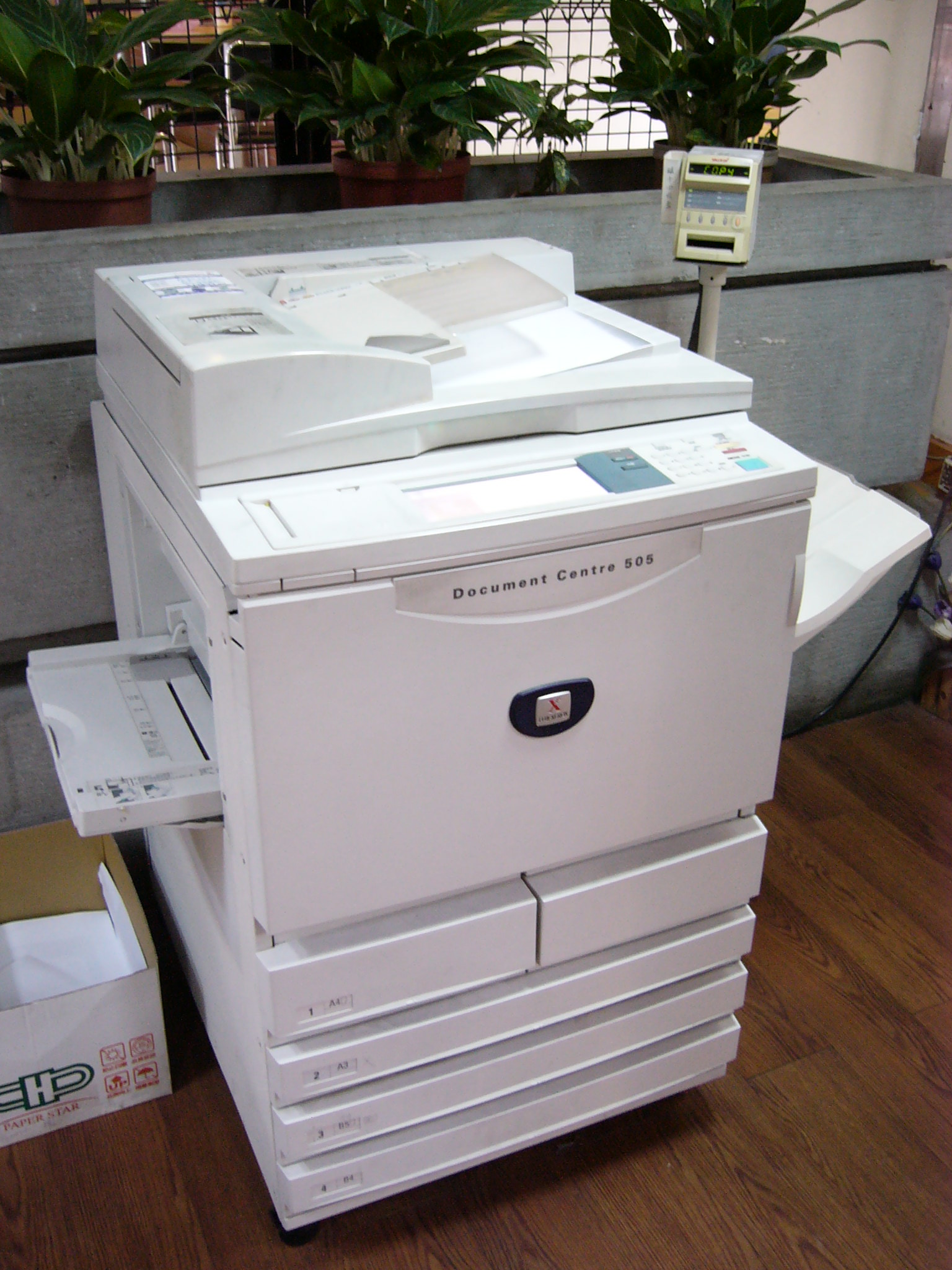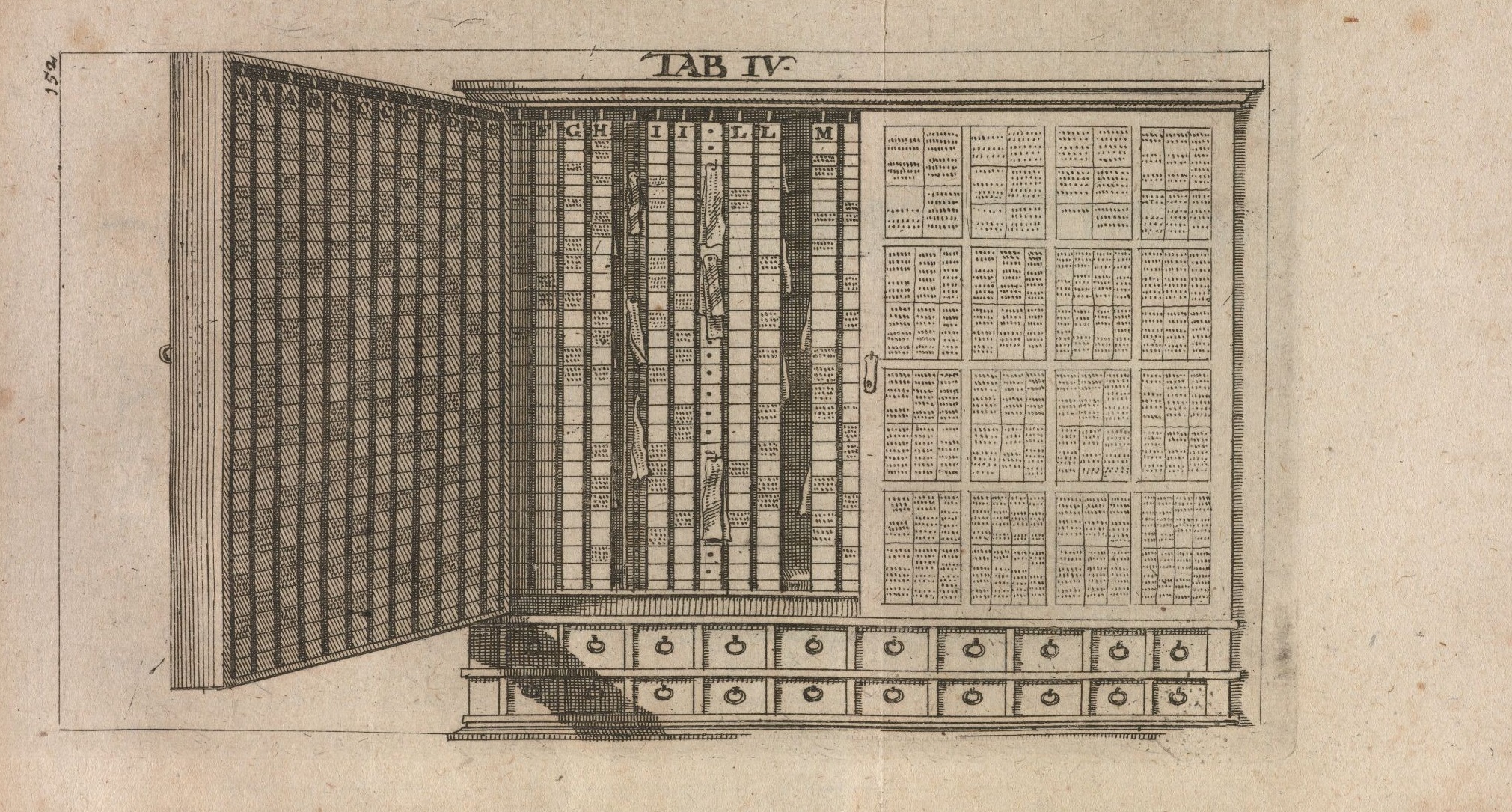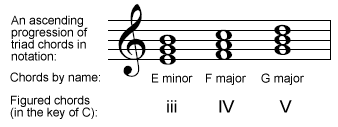|
Faking (jazz)
In jazz, the term "faking" means to improvise accompaniment parts. The term "faking" in jazz does not have the same meaning as in faking in Classical music, where faking is seen as a controversial activity. In jazz, when a jazz quartet "fakes" accompaniment parts to a song with a singer, this is a synonym for improvising their backup parts. Improvising backup lines (chord voicings for piano/guitar, basslines for bass, and drum parts for drum set) is an essential skill for jazz musicians. The use of the term "fake" in the jazz scene is illustrated by the expression "fake book", a collection of lead sheets and chord progressions for jazz standards (commonly-played jazz tunes). The reason the book is called a "fake book" is because trained jazz performers are able to improvise accompaniment parts and solos from the chord charts contained therein. History A predecessor to fake books was created in May 1942 when George Goodwin, a radio station director, released the first Tune-Dex ca ... [...More Info...] [...Related Items...] OR: [Wikipedia] [Google] [Baidu] |
Jazz
Jazz is a music genre that originated in the African-American communities of New Orleans, Louisiana in the late 19th and early 20th centuries, with its roots in blues and ragtime. Since the 1920s Jazz Age, it has been recognized as a major form of musical expression in traditional and popular music. Jazz is characterized by swing and blue notes, complex chords, call and response vocals, polyrhythms and improvisation. Jazz has roots in European harmony and African rhythmic rituals. As jazz spread around the world, it drew on national, regional, and local musical cultures, which gave rise to different styles. New Orleans jazz began in the early 1910s, combining earlier brass band marches, French quadrilles, biguine, ragtime and blues with collective polyphonic improvisation. But jazz did not begin as a single musical tradition in New Orleans or elsewhere. In the 1930s, arranged dance-oriented swing big bands, Kansas City jazz (a hard-swinging, bluesy, improvisationa ... [...More Info...] [...Related Items...] OR: [Wikipedia] [Google] [Baidu] |
Lead Sheet
A lead sheet or fake sheet is a form of musical notation that specifies the essential elements of a popular song: the melody, lyrics and harmony. The melody is written in modern Western music notation, the lyric is written as text below the staff and the harmony is specified with chord symbols above the staff. The lead sheet does not describe the chord voicings, voice leading, bass line or other aspects of the accompaniment. These are specified later by an arranger or improvised by the performers,Benward & Saker (2003). ''Music: In Theory and Practice'', Vol. I, p.76. Seventh Edition. . and are considered aspects of the arrangement or performance of a song, rather than a part of the song itself. A lead sheet may also specify an instrumental part or theme, if this is considered essential to the song's identity. For example, the opening guitar riff from Deep Purple's " Smoke on the Water" is a part of the song; any performance of the song should include the guitar riff, and ... [...More Info...] [...Related Items...] OR: [Wikipedia] [Google] [Baidu] |
Musical Transposition
In music, transposition refers to the process or operation of moving a collection of notes ( pitches or pitch classes) up or down in pitch by a constant interval. For example, one might transpose an entire piece of music into another key. Similarly, one might transpose a tone row or an unordered collection of pitches such as a chord so that it begins on another pitch. The transposition of a set ''A'' by ''n'' semitones is designated by ''T''''n''(''A''), representing the addition ( mod 12) of an integer ''n'' to each of the pitch class integers of the set ''A''. Thus the set (''A'') consisting of 0–1–2 transposed by 5 semitones is 5–6–7 (''T''5(''A'')) since , , and . Scalar transpositions In scalar transposition, every pitch in a collection is shifted up or down a fixed number of scale steps within some scale. The pitches remain in the same scale before and after the shift. This term covers both chromatic and diatonic transpositions as follows. Chromatic transpo ... [...More Info...] [...Related Items...] OR: [Wikipedia] [Google] [Baidu] |
Sheet Music
Sheet music is a handwritten or printed form of musical notation that uses musical symbols to indicate the pitches, rhythms, or chords of a song or instrumental musical piece. Like its analogs – printed books or pamphlets in English, Arabic, or other languages – the medium of sheet music typically is paper (or, in earlier centuries, papyrus or parchment). However, access to musical notation since the 1980s has included the presentation of musical notation on computer screens and the development of scorewriter computer programs that can notate a song or piece electronically, and, in some cases, "play back" the notated music using a synthesizer or virtual instruments. The use of the term "sheet" is intended to differentiate written or printed forms of music from sound recordings (on vinyl record, cassette, CD), radio or TV broadcasts or recorded live performances, which may capture film or video footage of the performance as well as the audio component. In ever ... [...More Info...] [...Related Items...] OR: [Wikipedia] [Google] [Baidu] |
Photocopied
A photocopier (also called copier or copy machine, and formerly Xerox machine, the generic trademark) is a machine that makes copies of documents and other visual images onto paper or plastic film quickly and cheaply. Most modern photocopiers use a technology called ''xerography'', a dry process that uses electrostatic charges on a light-sensitive photoreceptor to first attract and then transfer toner particles (a powder) onto paper in the form of an image. The toner is then fused onto the paper using heat, pressure, or a combination of both. Copiers can also use other technologies, such as inkjet, but xerography is standard for office copying. Commercial xerographic office photocopying was introduced by Xerox in 1959, and it gradually replaced copies made by Verifax, Photostat, carbon paper, mimeograph machines, and other duplicating machines. Photocopying is widely used in the business, education, and government sectors. While there have been predictions that photocopier ... [...More Info...] [...Related Items...] OR: [Wikipedia] [Google] [Baidu] |
Music Royalties
A royalty payment is a payment made by one party to another that owns a particular asset, for the right to ongoing use of that asset. Royalties are typically agreed upon as a percentage of gross or net revenues derived from the use of an asset or a fixed price per unit sold of an item of such, but there are also other modes and metrics of compensation.Guidelines for Evaluation of Transfer of Technology Agreements, United Nations, New York, 1979 A royalty interest is the right to collect a stream of future royalty payments. A license agreement defines the terms under which a resource or property are licensed by one party to another, either without restriction or subject to a limitation on term, business or geographic territory, type of product, etc. License agreements can be regulated, particularly where a government is the resource owner, or they can be private contracts that follow a general structure. However, certain types of franchise agreements have comparable provisions. ... [...More Info...] [...Related Items...] OR: [Wikipedia] [Google] [Baidu] |
Index Card
An index card (or record card in British English and system cards in Australian English) consists of card stock (heavy paper) cut to a standard size, used for recording and storing small amounts of discrete data. A collection of such cards either serves as, or aids the creation of, an index for expedited lookup of information (such as a library catalog or a back-of-the-book index). This system is said to have been invented by Carl Linnaeus, around 1760. Format The most common size for index card in North America and the UK is , hence the common name 3-by-5 card. Other sizes widely available include , and ISO-size A7 (). Cards are available in blank, ruled and grid styles in a variety of colors. Special divider cards with protruding tabs and a variety of cases and trays to hold the cards are also sold by stationers and office product companies. They are part of standard stationery and office supplies all around the globe. Uses Index cards are used for a wide range o ... [...More Info...] [...Related Items...] OR: [Wikipedia] [Google] [Baidu] |
Chord Progression
In a musical composition, a chord progression or harmonic progression (informally chord changes, used as a plural) is a succession of chords. Chord progressions are the foundation of harmony in Western musical tradition from the common practice era of Classical music to the 21st century. Chord progressions are the foundation of Western popular music styles (e.g., pop music, rock music), traditional music, as well as genres such as blues and jazz. In these genres, chord progressions are the defining feature on which melody and rhythm are built. In tonal music, chord progressions have the function of either establishing or otherwise contradicting a tonality, the technical name for what is commonly understood as the " key" of a song or piece. Chord progressions, such as the common chord progression I–vi–ii–V, are usually expressed by Roman numerals in Classical music theory. In many styles of popular and traditional music, chord progressions are expressed using the name an ... [...More Info...] [...Related Items...] OR: [Wikipedia] [Google] [Baidu] |
Fake Book
A lead sheet or fake sheet is a form of musical notation that specifies the essential elements of a popular song: the melody, lyrics and harmony. The melody is written in modern Western music notation, the lyric is written as text below the staff and the harmony is specified with chord symbols above the staff. The lead sheet does not describe the chord voicings, voice leading, bass line or other aspects of the accompaniment. These are specified later by an arranger or improvised by the performers,Benward & Saker (2003). ''Music: In Theory and Practice'', Vol. I, p.76. Seventh Edition. . and are considered aspects of the arrangement or performance of a song, rather than a part of the song itself. A lead sheet may also specify an instrumental part or theme, if this is considered essential to the song's identity. For example, the opening guitar riff from Deep Purple's "Smoke on the Water" is a part of the song; any performance of the song should include the guitar riff, and a ... [...More Info...] [...Related Items...] OR: [Wikipedia] [Google] [Baidu] |
Accompaniment
Accompaniment is the musical part which provides the rhythmic and/or harmonic support for the melody or main themes of a song or instrumental piece. There are many different styles and types of accompaniment in different genres and styles of music. In homophonic music, the main accompaniment approach used in popular music, a clear vocal melody is supported by subordinate chords. In popular music and traditional music, the accompaniment parts typically provide the "beat" for the music and outline the chord progression of the song or instrumental piece. The accompaniment for a vocal melody or instrumental solo can be played by a single musician playing an instrument such as piano, pipe organ, or guitar. While any instrument can in theory be used as an accompaniment instrument, keyboard and guitar-family instruments tend to be used if there is only a single instrument, as these instruments can play chords and basslines simultaneously (chords and a bassline are easier to pl ... [...More Info...] [...Related Items...] OR: [Wikipedia] [Google] [Baidu] |
Drum Set
A drum kit (also called a drum set, trap set, or simply drums) is a collection of drums, cymbals, and other auxiliary percussion instruments set up to be played by one person. The player (drummer) typically holds a pair of matching drumsticks, one in each hand, and uses their feet to operate a foot-controlled hi-hat and bass drum pedal. A standard kit may contain: * A snare drum, mounted on a stand * A bass drum, played with a beater moved by a foot-operated pedal * One or more tom-toms, including rack toms and/or floor toms * One or more cymbals, including a ride cymbal and crash cymbal * Hi-hat cymbals, a pair of cymbals that can be manipulated by a foot-operated pedal The drum kit is a part of the standard rhythm section and is used in many types of popular and traditional music styles, ranging from rock and pop to blues and jazz. __TOC__ History Early development Before the development of the drum set, drums and cymbals used in military and orchestral mu ... [...More Info...] [...Related Items...] OR: [Wikipedia] [Google] [Baidu] |
Bassline
Bassline (also known as a bass line or bass part) is the term used in many styles of music, such as blues, jazz, funk, Dub music, dub and electronic music, electronic, traditional music, traditional, or classical music for the low-pitched Part (music), instrumental part or line played (in jazz and some forms of popular music) by a rhythm section instrument such as the bass guitar, electric bass, double bass, cello, tuba or keyboard (piano, Hammond organ, electric organ, or synthesizer). In unaccompanied solo performance, basslines may simply be played in the lower register (music), register of any instrument while melody and/or further accompaniment is provided in the middle or upper register. In solo music for piano and pipe organ, these instruments have an excellent lower register that can be used to play a deep bassline. On organs, the bass line is typically played using the pedal keyboard and massive 16' and 32' bass pipes. Riffs and grooves Basslines in Pop music, popular m ... [...More Info...] [...Related Items...] OR: [Wikipedia] [Google] [Baidu] |







